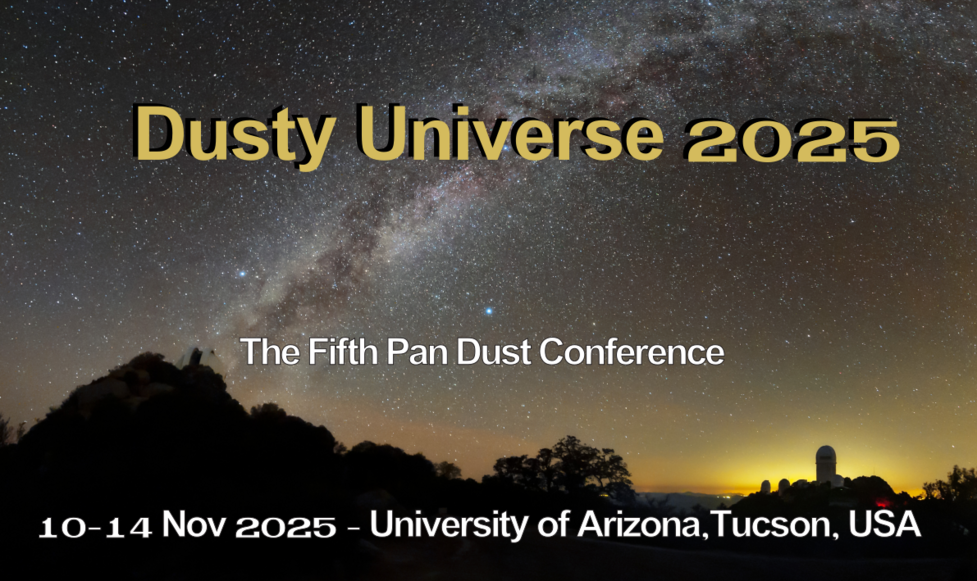The UV attenuation bump is one of the most enigmatic features of attenuation/extinction curves of galaxies across cosmic time. This broad absorption feature, centered at 2175 Å, is observed in the attenuation curves of some galaxies from redshifts z∼0 to z∼8. The strongest candidate carriers of this feature are polycyclic aromatic hydrocarbon (PAH) molecules, which are thought to absorb high-energy UV photons (producing the bump) and re-emit this energy in the mid-infrared. Recent studies have revealed a correlation between the strength of the bump and stellar mass, likely driven by the mass-metallicity relationship: lower metallicities lead to weaker PAH emission (relative to total dust emission) due to a lower abundance of PAH molecules.
Here we present the first study of the correlation between the UV bump and gas-phase metallicity, linking its origin with PAH emission at cosmic noon (z~2). Using VLT/MUSE data of 118 galaxies at z~1.5-2.7 tracing the UV 2175 Å attenuation bump, we find a correlation between PAHs, traced by JWST/NIRCam+MIRI, the 2175 Å bump, and recent metallicity observations taken with Keck/MOSFIRE, complemented with JWST/NIRSpec spectroscopic data. This multi-wavelength study of galaxies at cosmic noon enables us to explore the synergy between JWST and major ground-based observatories, shedding light on the origin of the UV attenuation bump feature and, more broadly, the evolution of dust in the early Universe.

 PDF version
PDF version
